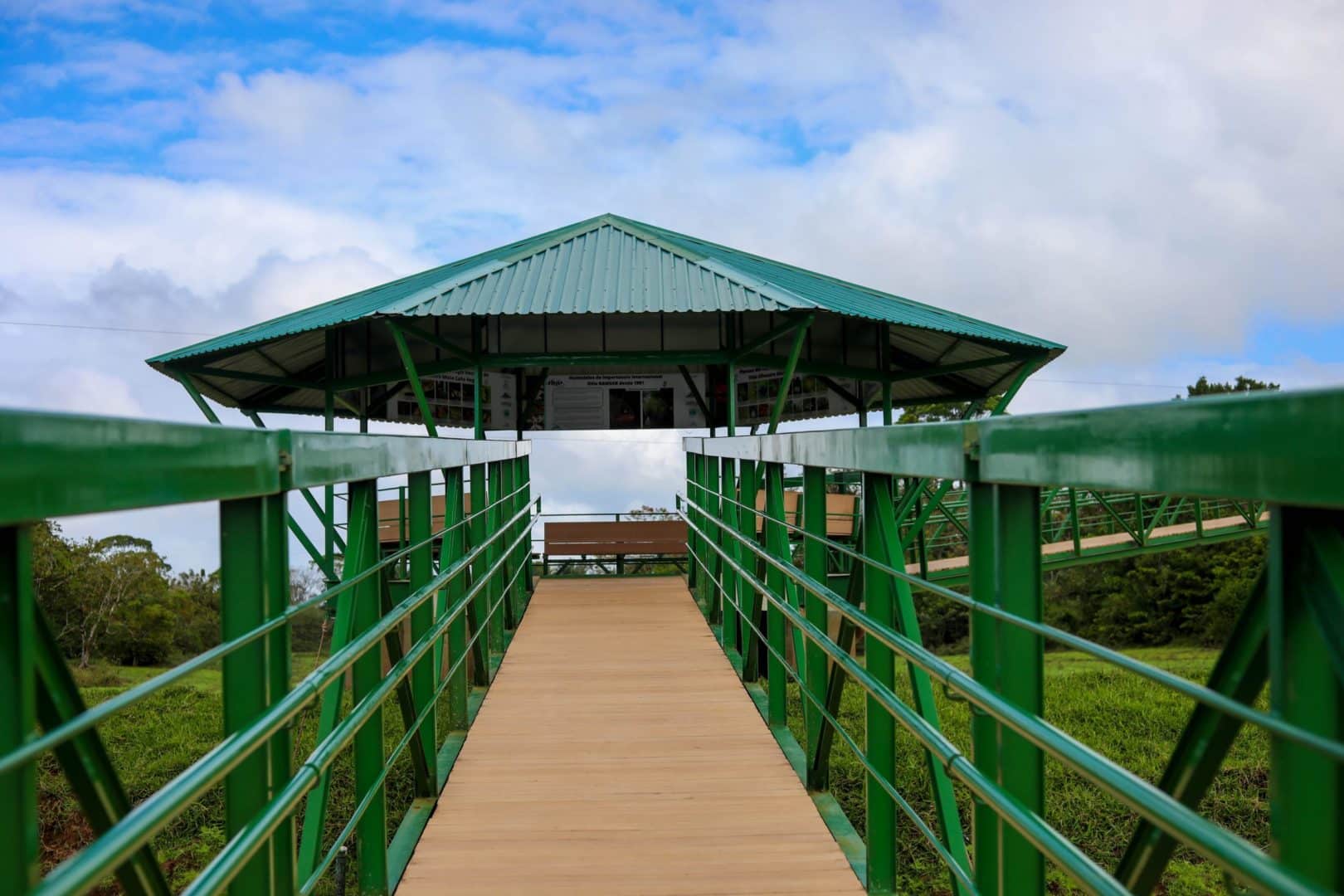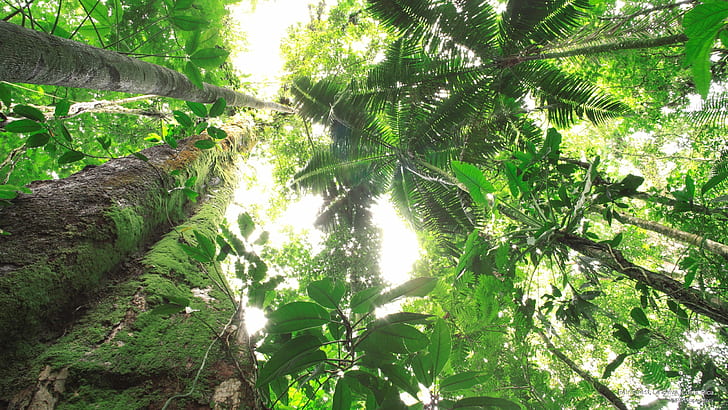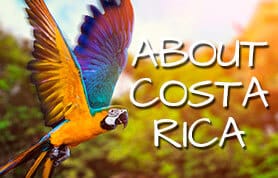Costa Rica isn’t popular for its adventures, and there is one thing that will appeal your attention for sure – the tropical fruits. You may find lots of the best things to do in Costa Rica. However, you can consider visiting all the local markets to see the colorful, different fruits piled high for the taking.
After all, there are best things to do in Costa Rica that you may be unable to do on a limited schedule. However, the tropical fruits are plenty in numbers; so you have no more excuses. Therefore, eating tropical fruits should be added in your list of best things to do in Costa Rica. However, you can find all these amazing fruits all over the country. Here are some of the tropical fruits that deserve tasting:
Best Tropical Fruits to Eat in Costa Rica
-
Carambola – Star Fruit
Sometimes you need something that is very tasty and amazing for you. This is carambola. It’s a great fruit for those who lead an active lifestyle. This fruit offers a guilt-free way to get something really sweet in your body. However, the fruit looks quite similar to a star when its ridges converge, that is where its nickname comes from.
Where do you find carambola in Costa Rica?
Carambola can be seen in Costa Rica throughout the year. However, the best picks will be available during the summer and fall months. If you want to get some carambola for yourself, you can check at the local markets. Even, the restaurants may list it as an ingredient for some tasty dishes.
-
Guaba
This is not a typo for guava. Guaba is a fruit and a legume technically. This is quite common in the backyards of Costa Rica. The fruit has pods like a bean that is green and long.
Where do you find guava in Costa Rica?
Guava is not hard to find in Costa Rica and should be available throughout stores, stands and markets. Every New Year brings a new crop, and the fruit is available through the very beginning of summer.
-
Maracuya – the Passion Fruit
Maracuya is an edible fruit and has an egg shape. It is greenish in color, and the tough skin of the fruit is the ripeness beacons. It wrinkles to allow you to know it’s ready. This fruit has an outer shell that protects the seeds and jelly present inside.
Where do you find maracuya in Costa Rica?
The perfect time to get maracuya is during winter. You can get this fruit all year round and have the best crops to pick from in the winter. You can consider checking out local restaurant menus and markets to get a taste of this tropical fruit.
-
Cas
Cas is a Costa Rica fruit and mostly used to flavor a favorite of most visitors – their drinks. This fruit itself is smaller in size. However, unlike some of the sweet fruits on the list, it tastes taste.
Please keep in mind that every fruit is hiding a small surprise in the form of a white worm. It’s ok to eat, and many don’t remove them. If you are squeamish about this sort of thing, you may want to get this fruit and prepare it yourself instead of ordering it from a menu.
Where do you find cas in Costa Rica?
Cas can be found in Costa Rica all year round. However, you’ll find some of them in late winter and again during the prime summer months. You can buy from grocery stores or local markets at your convenience.
-
Guanabana – Soursop
Guanabana is an amazing tropical fruit. Most researches have shown that this fruit has properties that can help you fight against cancer. Also, it grows big like five pounds or bigger.
It’s a green and prickly fruit. The fruit itself is more often compared to ice cream due to its rich and sweet nature.
Where do you find guanabana in Costa Rica?
You can find guanabana in vendors at the farmers’ markets in Costa Rica. Please don’t pass this fruit up when you see it. Guanabana can be elusive, and you will regret missing out on this tasty fruit definitely.
Do you have something to say about tropical fruits in Costa Rica?
Would you like to share anything about tropical fruits and the best things to do in Costa Rica? Please feel free to say it through the Tour Operators CR Facebook Page





